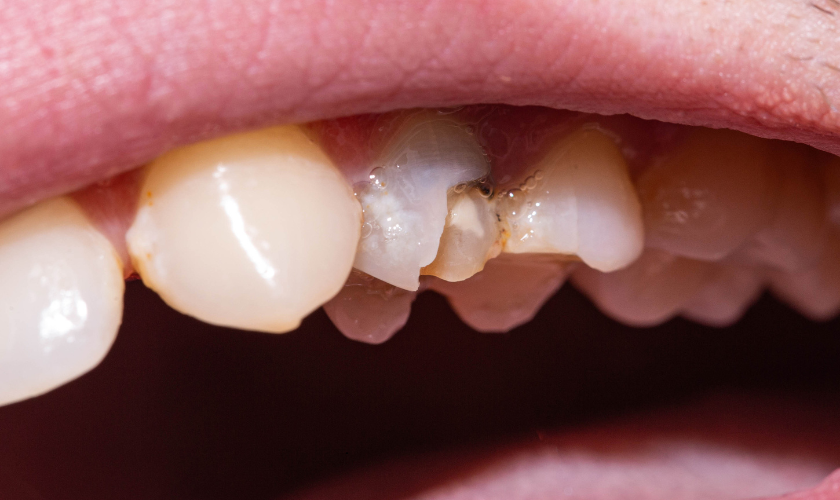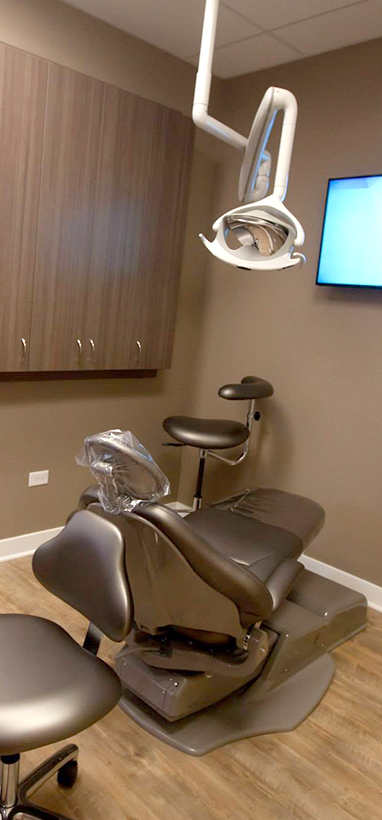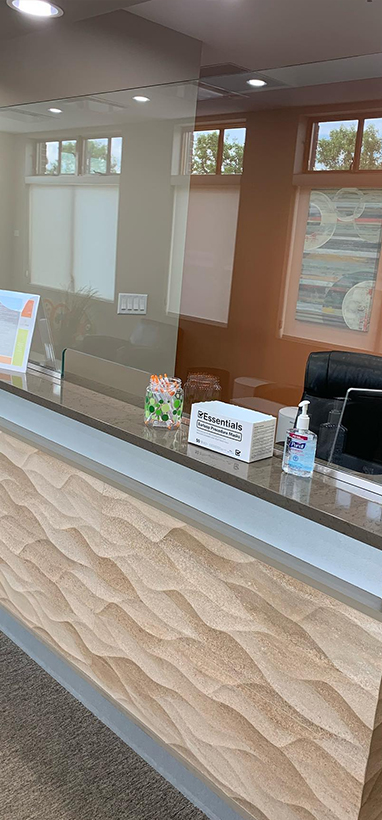1516 Legacy Cir, Naperville, IL 60563
Top 10 Common Causes of Tooth Discoloration and How to Prevent Them

Tooth discoloration is a common concern for many people, affecting the confidence and self-esteem of millions. While the causes of tooth discoloration can vary, they often result from both intrinsic (internal) and extrinsic (external) factors. Understanding these causes and how to prevent them can help you maintain a bright, healthy smile. In this blog, we’ll explore the top 10 common causes of tooth discoloration and provide practical tips to prevent and manage them.
1. Poor Dental Hygiene
Cause: Poor dental hygiene is one of the leading causes of tooth discoloration. Inadequate brushing and flossing can lead to the buildup of plaque and tartar, which can cause teeth to appear yellow or brown. Plaque is a sticky film of bacteria that forms on the teeth, and if not removed, it can harden into tartar, which can only be removed by a dental professional.
Prevention:
- Brush your teeth at least twice a day with fluoride toothpaste.
- Floss daily to remove plaque and food particles from between your teeth.
- Use an antiseptic mouthwash to help kill bacteria that cause plaque.
- Schedule regular dental check-ups and cleanings to maintain optimal oral health.
2. Consumption of Staining Foods and Beverages
Cause: Certain foods and beverages are notorious for staining teeth. These include coffee, tea, red wine, soda, and dark-colored fruits like berries. These items contain chromogens, which are pigment-producing substances that can adhere to tooth enamel.
Prevention:
- Limit the intake of staining foods and beverages.
- Use a straw when drinking beverages that can stain teeth to minimize contact with your teeth.
- Rinse your mouth with water after consuming staining foods and drinks.
- Brush your teeth approximately 30 minutes after consumption to avoid staining and enamel damage.
3. Tobacco Use
Cause: Tobacco products, including cigarettes and chewing tobacco, contain tar and nicotine, which can cause teeth to become yellow or brown over time. These substances can penetrate the enamel and stain teeth from within.
Prevention:
- Quit smoking or using tobacco products. Seek support from healthcare professionals if needed.
- Use whitening toothpaste and mouthwash specifically designed for smokers.
- Maintain regular dental visits to monitor and address any staining.
4. Aging
Cause: As we age, the enamel on our teeth wears down, making the yellowish dentin (the layer beneath the enamel) more visible. This natural process can cause teeth to appear more yellow or gray.
Prevention:
- Practice good oral hygiene to slow down the wear of enamel.
- Use toothpaste designed for whitening and strengthening enamel.
- Consider professional teeth whitening treatments if discoloration becomes a concern.
5. Medications
Cause: Certain medications can cause tooth discoloration as a side effect. Antibiotics like tetracycline and doxycycline can discolor teeth when given to children whose teeth are still developing. Additionally, antihistamines, antipsychotic drugs, and medications for high blood pressure can also cause discoloration.
Prevention:
- Consult your doctor about potential side effects of medications.
- Discuss alternative medications if tooth discoloration is a concern.
- Maintain diligent oral hygiene practices to minimize staining.
6. Dental Materials
Cause: Some dental materials used in restorations, such as amalgam fillings, can cause discoloration of the teeth over time. The metals in these fillings can give a gray or black tint to the surrounding tooth structure.
Prevention:
- Opt for tooth-colored composite fillings instead of amalgam if possible.
- Discuss with your dentist about replacing old amalgam fillings with modern materials.
7. Trauma
Cause: Physical trauma to the teeth can cause discoloration, especially in children. When a tooth is injured, it can damage the enamel and cause the tooth to change color. In some cases, internal bleeding or death of the tooth pulp can lead to a darker appearance.
Prevention:
- Wear a mouthguard during sports or activities that pose a risk of dental injury.
- Seek prompt dental care if a tooth is injured to address any potential discoloration issues.
8. Excessive Fluoride
Cause: Excessive fluoride intake, particularly in children, can lead to a condition called fluorosis. This condition causes white spots or streaks on the teeth, and in severe cases, it can cause brown stains.
Prevention:
- Monitor the fluoride levels in your water supply.
- Use the appropriate amount of fluoride toothpaste for children, typically a pea-sized amount.
- Avoid giving children fluoride supplements unless advised by a dentist in Naperville.
9. Genetics
Cause: Genetics can play a significant role in the natural color of your teeth. Some people have naturally thicker or thinner enamel, which can affect the color of their teeth. Thinner enamel can make the yellow dentin more visible.
Prevention:
- While you can’t change your genetics, maintaining good oral hygiene can help keep your teeth looking their best.
- Discuss cosmetic options with your dentist, such as veneers or bonding, if genetic factors are causing significant discoloration.
10. Diseases and Treatments
Cause: Certain diseases and medical treatments can lead to tooth discoloration. For example, head and neck radiation and chemotherapy can cause teeth to become discolored. Additionally, some infections in pregnant mothers can affect the development of the enamel in their child’s teeth.
Prevention:
- Maintain regular dental check-ups to monitor any changes in tooth color related to medical treatments.
- Discuss preventive measures with your healthcare provider if you are undergoing treatments that may affect your oral health.
Additional Tips for Maintaining a Bright Smile
1. Professional Teeth Whitening: If your teeth are already discolored, professional teeth whitening treatments can help. These treatments, performed by a dentist, can significantly brighten your teeth and are more effective than over-the-counter whitening products.
2. At-Home Whitening Kits: There are various at-home whitening kits available that can help reduce stains. These kits typically include whitening strips, gels, or trays. Follow the instructions carefully to avoid overuse, which can damage enamel.
3. Natural Remedies: Some natural remedies, like baking soda and hydrogen peroxide, can help remove surface stains. However, use these remedies sparingly, as excessive use can erode enamel.
4. Regular Dental Visits: Regular dental visits are crucial for maintaining oral health. Your dentist can clean your teeth, remove plaque and tartar, and provide treatments to keep your smile bright.
5. Balanced Diet: A balanced diet rich in fruits, vegetables, and dairy products can promote oral health. Foods like apples, carrots, and celery can help clean your teeth naturally.
6. Avoid Sugary Foods and Drinks: Reducing your intake of sugary foods and drinks can prevent tooth decay and discoloration. Sugar feeds the bacteria in your mouth, leading to plaque buildup and stains.
7. Use Whitening Toothpaste: Whitening toothpaste can help remove surface stains and prevent new ones from forming. Choose a toothpaste with the American Dental Association (ADA) Seal of Acceptance.
8. Stay Hydrated: Drinking plenty of water helps wash away food particles and bacteria that can cause stains. It also stimulates saliva production, which naturally cleanses the mouth.
9. Practice Good Oral Hygiene: Consistent brushing and flossing are essential for preventing tooth discoloration. Use a soft-bristled toothbrush and replace it every three to four months.
10. Educate Yourself: Understanding the causes of tooth discoloration can help you make informed decisions about your oral health. Stay informed about new products and treatments that can help maintain a bright smile.
Tooth discoloration is a common issue that can be caused by a variety of factors, from poor dental hygiene to genetics. By understanding the causes and implementing preventive measures, you can maintain a bright, healthy smile. Regular dental visits, good oral hygiene practices, and mindful consumption of foods and beverages can go a long way in preventing tooth discoloration. If discoloration occurs, professional treatments and at-home remedies can help restore your smile. Remember, a bright smile not only enhances your appearance but also boosts your confidence and overall well-being.







